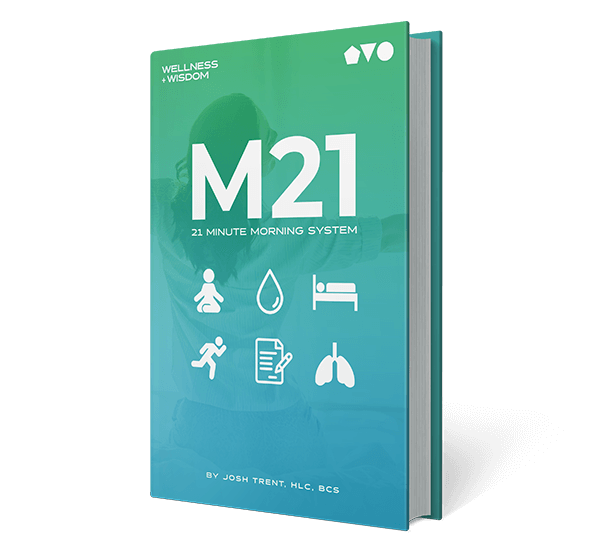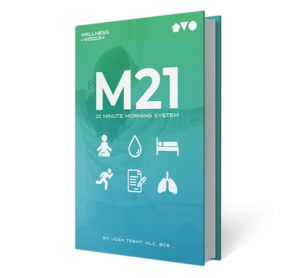 Perhaps you’re about to give up on contact lenses due to dry eyes. Or maybe you’re stuck with eyeglasses because you’ve heard that contact lenses don’t mix with dry eye syndrome (DES).
Perhaps you’re about to give up on contact lenses due to dry eyes. Or maybe you’re stuck with eyeglasses because you’ve heard that contact lenses don’t mix with dry eye syndrome (DES).
Dry eyes can indeed make wearing contacts uncomfortable. But that doesn’t mean that people with dry eyes are locked out of the advantages of contact lenses completely.
In this post, we’ll go over dry eye syndrome and understand what it is and how it impacts contact wearing. We’ll also give you tips and strategies you can use to improve your experience as a contact wearer with dry eyes.
Table of Contents
Dry Eye Syndrome Explained
Dry eye syndrome is a common condition that occurs when you don’t make enough quality tears to keep your eyes lubricated. This condition may also be due to poor-quality tears or tears evaporating too quickly.
Common causes of dry eye include the natural aging process and diseases that affect the body’s ability to create quality tears. Additionally, dry eye may be a side effect of drugs, such as antihistamines and antidepressants.
Dry eye may also be contact-induced, meaning that it’s linked directly to contact lenses. Contact-induced dry eye condition happens when the lens partially cuts the supply of oxygen getting to the cornea. Poor quality contact lenses are also known to absorb some of the tears, leaving the eye with a thinner tear film.
Contact lenses that absorb tears or cut oxygen supply significantly can trigger this syndrome or make it worse if you already have dry eyes.
Symptoms of Dry Eyes
- The most common symptoms of dry eyes are;
- A stinging feeling in the eyes
- Redness and soreness
- Light sensitivity
- Eye fatigue
- Blurred vision (common towards the end of the day)
- Grittiness (feeling sand in the eyes)
How Dry Eyes Make Wearing Contacts Difficult
We must understand the role of tears in the eye to understand why wearing contact lenses with dry eyes is uncomfortable.
The eye surface consists of a thin tear film made up of different compounds that fall into three main layers: the oily layer (outside), the water layer (middle) and the mucus layer (inner). All the components of these layers are nicely balanced and need to remain that way in order to support eye vision and keep the anterior eye healthy and comfortable. The loss of this homeostasis is what causes dry eyes.
If you’re already suffering from dry eyes, then introducing any foreign material (including contact lenses) into the eye is likely to worsen the symptoms.
On top of that, most contact lenses today have some characteristics that make them challenging to wear if you have dry eyes. For instance, most contact lenses today are made of silicone hydrogel, which contains hydrophobic (water-repelling) and hydrophilic (water-loving) polymers. These polymers exchange places quickly when exposed to air and tear film when you blink.
The hydrophilic polymers break down with wear time, making the lens unwettable. This results in a dry contact wearing experience that can increase the risk of infection.
Tips for Wearing Contact Lenses with Dry Eyes
Go With Dailies
First, we have to point out that contact lens technology has improved significantly in recent years. So, if you had dropped out of contacts due to dry eye issues, the market now has contacts that are specifically engineered to solve this problem.
Certainly, daily contact lenses are the most recommended option for people who suffer from dry eyes. By wearing a fresh pair of soft contacts each morning, the amount of protein deposits that lead to dry eyes is reduced significantly. In particular, this Dailies Total 1 90 pack by Alcon is a favorite recommendation for patients with dry eyes.
Use and Take Good Care of Your Contacts
Getting the right type of contact lenses for dry eyes is one thing. Using and taking care of them as instructed is another thing. To avoid dry eyes and other unwelcome eye conditions, only wear contact lenses as prescribed by your optometrist. Not all types of contact lenses will be suitable for your eyes.
Always follow the recommended contact replacement schedule. Avoid stretching daily contacts because they are thinner and fragile and don’t hold enough moisture to let you reuse them the next day.
Importantly, always wash your hands well before handling the contacts directly. This is crucial for reducing the risk of transferring infection-causing microbes from your fingers to the contacts and then to your eyes.
Avoid Sleeping in Your Contacts
You’ve probably heard that sleeping with your contact lenses in is never a good idea. Sleeping in contacts, including those meant for extended wear, increases the risk of corneal infections, some of which may easily lead to vision loss and even blindness.
When sleeping, the eyelid creates a barrier to protect the eyeball. They also provide lubrication to help keep the cornea hydrated. When you sleep with your contacts in, they block the gelatinous fluid from getting to the cornea, and this may contribute to dry eyes. Also, contacts may trap bacteria, debris and dirt underneath them, potentially increasing the risk of severe damage.
Consider Changing Your Contact Solution
If your dry eye problem can’t seem to get better, no matter how careful you are when handling your lenses, perhaps what you need is a change in contact lens solution.
Contact lens solutions are made differently. Some lens solutions may have preservatives that cause your eyes to dry out, leaving them irritated. While there’s no one-size-fits-all contact lens solution, the market has brands designed with dry eye patients in mind. Your doctor may help you determine whether your contact lens solution is to blame. They may also offer suggestions on other brands worth trying.
Give Your Eyes Some Free Time
Most contact lenses today are designed to be as permeable as possible. But there’s no denying that these medical devices are foreign objects in the eye.
While it’s crucial to keep them in to achieve their vision correction benefits, keeping your eyes free for some hours is recommended. Allowing your eyes to stay exposed to the air without the lens creating a blockade is necessary for the cornea to receive oxygen and nourishment. Ideally, it would be best to get your contact lenses out at least two hours before sleep time. Read more at EyeFacts.









